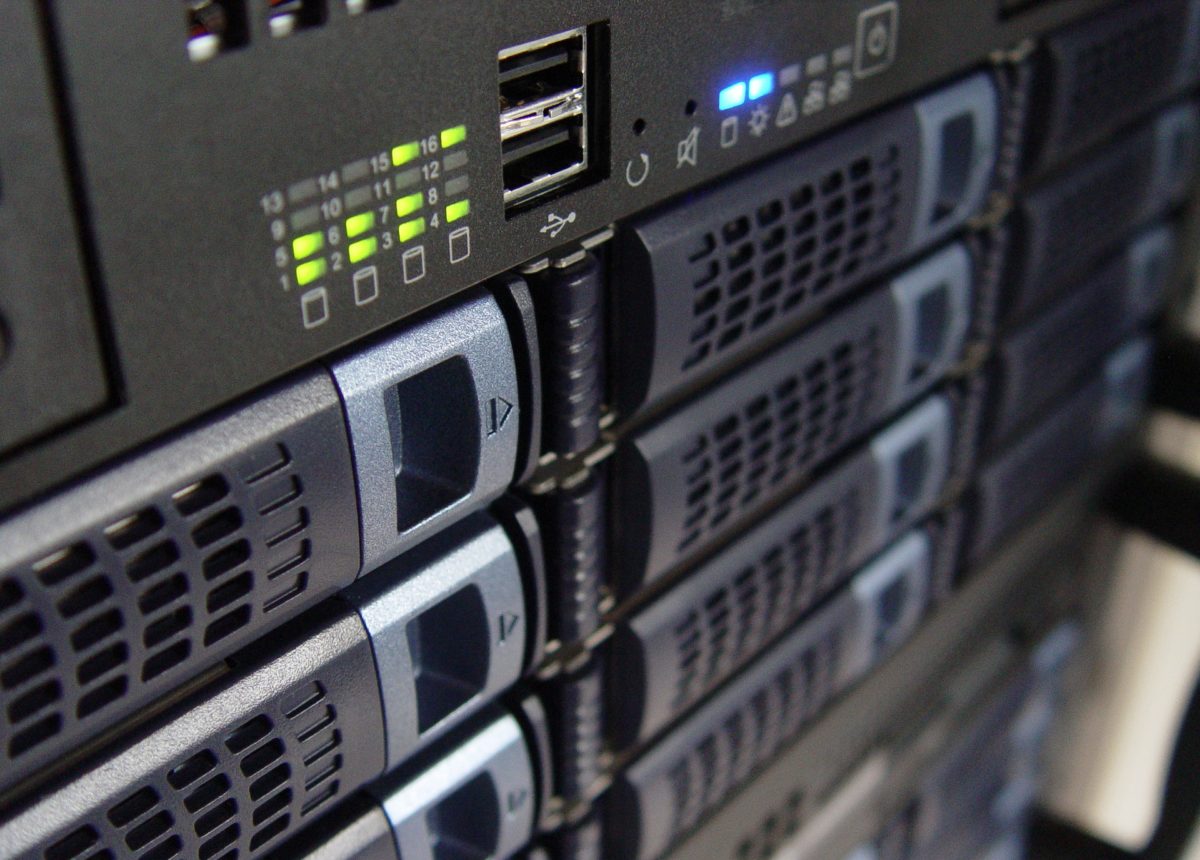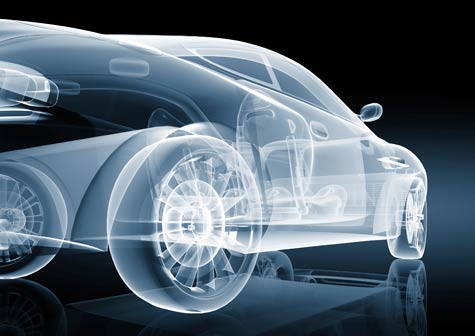Intel and micron simply declared 3D XPoint, a replacement memory technology that blends the speed of DRAM with the storage capabilities of Flash. Unfortunately the technology won’t be shipping for a while, you’ll have time to cycle out your current tech devices. however very similar to flash memory that made nearly everything that used a harddrive obsolete. This effectively makes several things that use DRAM or Flash obsolete. Similar to the way like Flash did, this technology can move wherever performance in storage has high worth and may support a better value.
Think about analytics, monetary services, defense (weapons and analytics), on demand translation and AI. In a way, this could follow a path the same as Flash as it moves through the market. it should render HP’s somewhat similar Memristor technology obsolete before it even ships.
Let’s mention that. Ultra-Fast Storage Intel and micron represent that this new memory technology is 1,000 times quicker than Flash, that is presently employed in superior systems. that’s a huge increase in performance. the businesses indicated that this comes without a major increase in energy consumption, that keeps densities up and warmth down.
Flash arrays are employed in high-end storage systems and still be driven by industries that are willing to pay nearlyanything for performance increases. Therefore, this could dramatically modify the storage landscape.
EMC, that features a terribly tight and close relationship with Intel, ought to be the foremost obvious beneficiary at the high end. HP, which features a competitive technology within the Memristor, is presumably to be overtaken, with others falling between the 2 extremes.
Buyers of technology in this category purchase strategically. They will| probably begin gravitating to the firm that they assume will have the best advantage once the merchandise hit market, and also the market pivots to optimize around them. therefore albeit actual merchandise are months out, this announcement could force some very arduous decisions for all of the most important vendors. they’re going to notice that whichever company is last to promote with this technology could lose entire market segments to competitors that are very aggressive.
As with any technology, there’ll be a learning curve; but, vendors won’t be ready to merely swap out Flash for 3D XPoint. With this level of performance increase, optimizing the ensuing hardware so it doesn’t badly bottleneck can take time.
Personal Devices to Self-Driving Cars and Robotics
Just as hand-held devices went from magnetic drives to Flash over a decade past, 3D XPoint guarantees to try and do something similar . The result ought to modify entirely new categories of apps that run locally. as an example, they might modify translators, or much more intelligent (and off-line capable) versions of Siri and Cortana. Fast, in-memory process is important to the present new wave of ever-more intelligent systems.
Obvious applications may be autonomous artificial intelligence and self-driving cars. each would require a hugequantity of in-memory processing to work within the world. The performance increase secure by this new technology ought to make these systems for very capable ahead of otherwise would be. Initial implementations areprobably too far down the development path to form this switch simply, however by the top of the last decadewe will probably see an increase in overall performance and accuracy.
The next generation ought to sharply move to this technology, and given that it’s the second generation that’sexpected to increase distribution, it’s timed ideally for the market spike.

